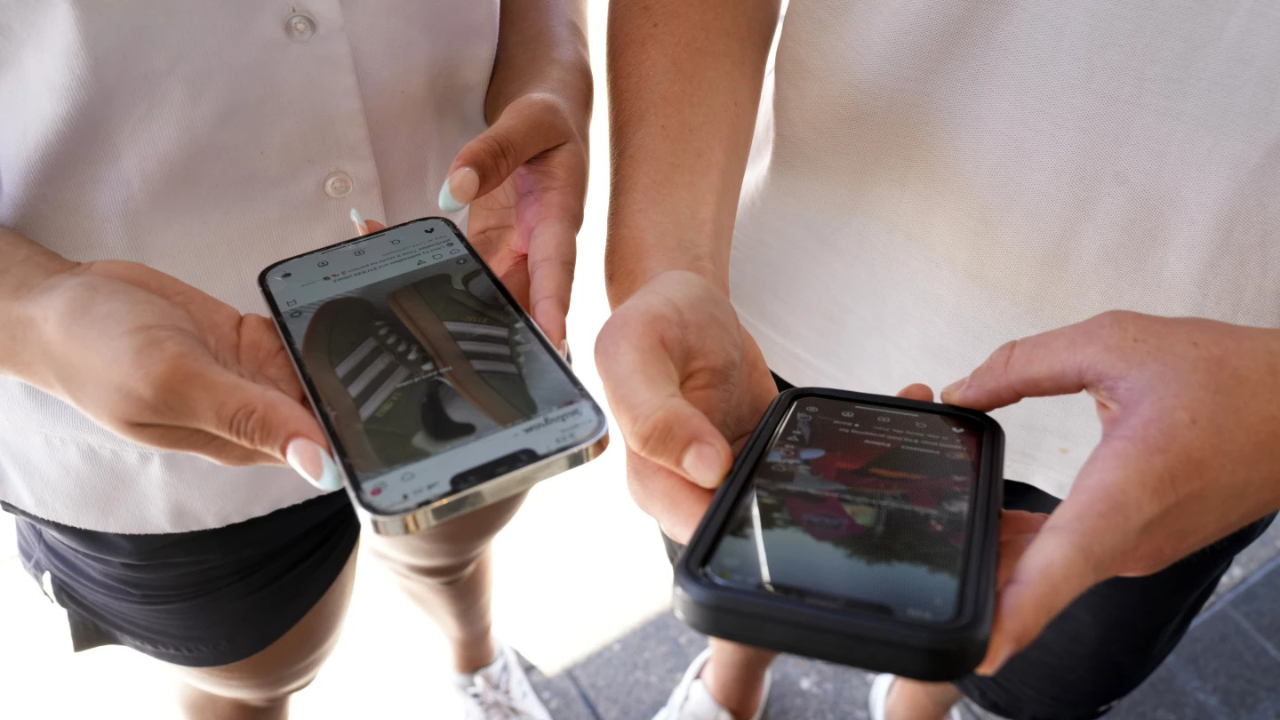ARTICLE AD BOX
The US space agency, NASA, announced on Friday, April 26, that the Hubble Space Telescope has temporarily suspended operations due to a mechanical problem.
The space observatory suffers from a disturbing defect that affected its gyroscope devices, which are needed to help Hubble reach and capture new targets, which prompted it to suspend its scientific operations for the second time in less than six months.
Hubble automatically went into "safe mode" on Tuesday, when one of the three gyroscopes began sending false readings. Engineers are currently working on finding a solution to resume telescope observations.
This is the second time that the space telescope has stopped its scientific operations due to the same problem. Earlier in November 2023, one of the gyroscopes sent back similarly strange readings, pushing Hubble into “safe mode,” and the telescope resumed normal operations in mid-December 2023.
Gyroscopes are used to determine which direction a telescope is pointing and to maintain its orientation. Hubble started out with six gyros on board, but only three remain operational today. The telescope can operate with only one if necessary, but it uses all three to increase efficiency.
Among the possible solutions for NASA engineers is to reset Hubble to operate with one gyroscope while putting the other two in reserve, according to the space agency.
“NASA expects Hubble to continue making groundbreaking discoveries, and working with other observatories, such as the agency’s James Webb Space Telescope, throughout this decade and perhaps into the next,” the space agency wrote in its statement.
The 34-year-old Hubble, which scientists used to determine the first official estimate of the age of the universe, was launched on April 24, 1990 as a pioneering optical space telescope, and since then it has provided stunning images and major contributions to our understanding of the universe.
The aging telescope overcame various obstacles during its time in orbit, and NASA appears confident of its recovery.
In the past, a space shuttle was sent to replace broken gyros with ones filled with pressurized nitrogen instead of oxygen, with the aim of preventing corrosion.
The last Space Shuttle mission to service the gyroscopes was in 2009. When Hubble was serviced for the fifth and final time, it received six new gyroscopes. Now only three of those gyroscopes are still working, including the gyroscope that sent false signals.
Since the end of the Space Shuttle program in 2001 and the launch of the James Webb Space Telescope in 2021, there are no plans to send more repair crews to Hubble, but this does not necessarily mean its end, as NASA officials are still optimistic about its continued operation.
.png)
 6 months ago
5
6 months ago
5









 English (US)
English (US)